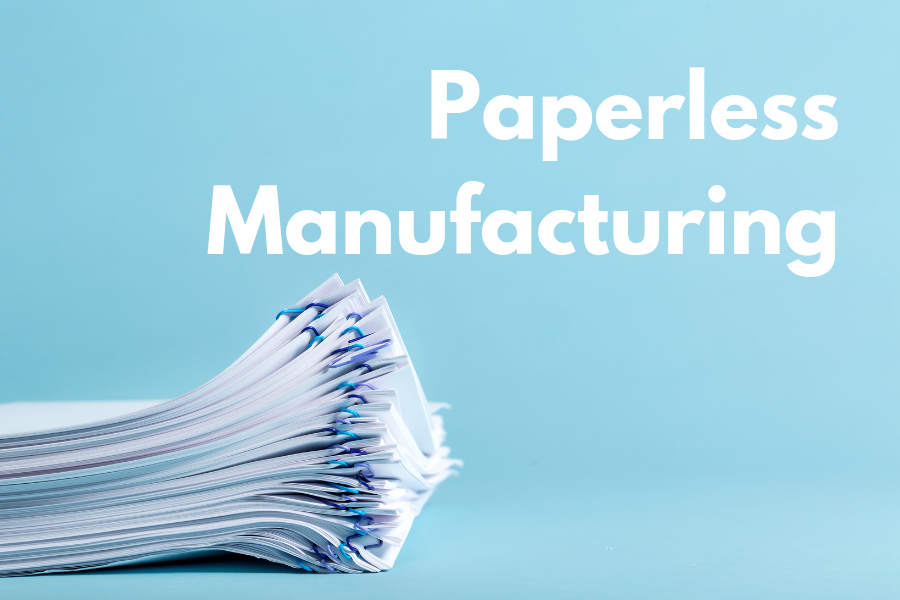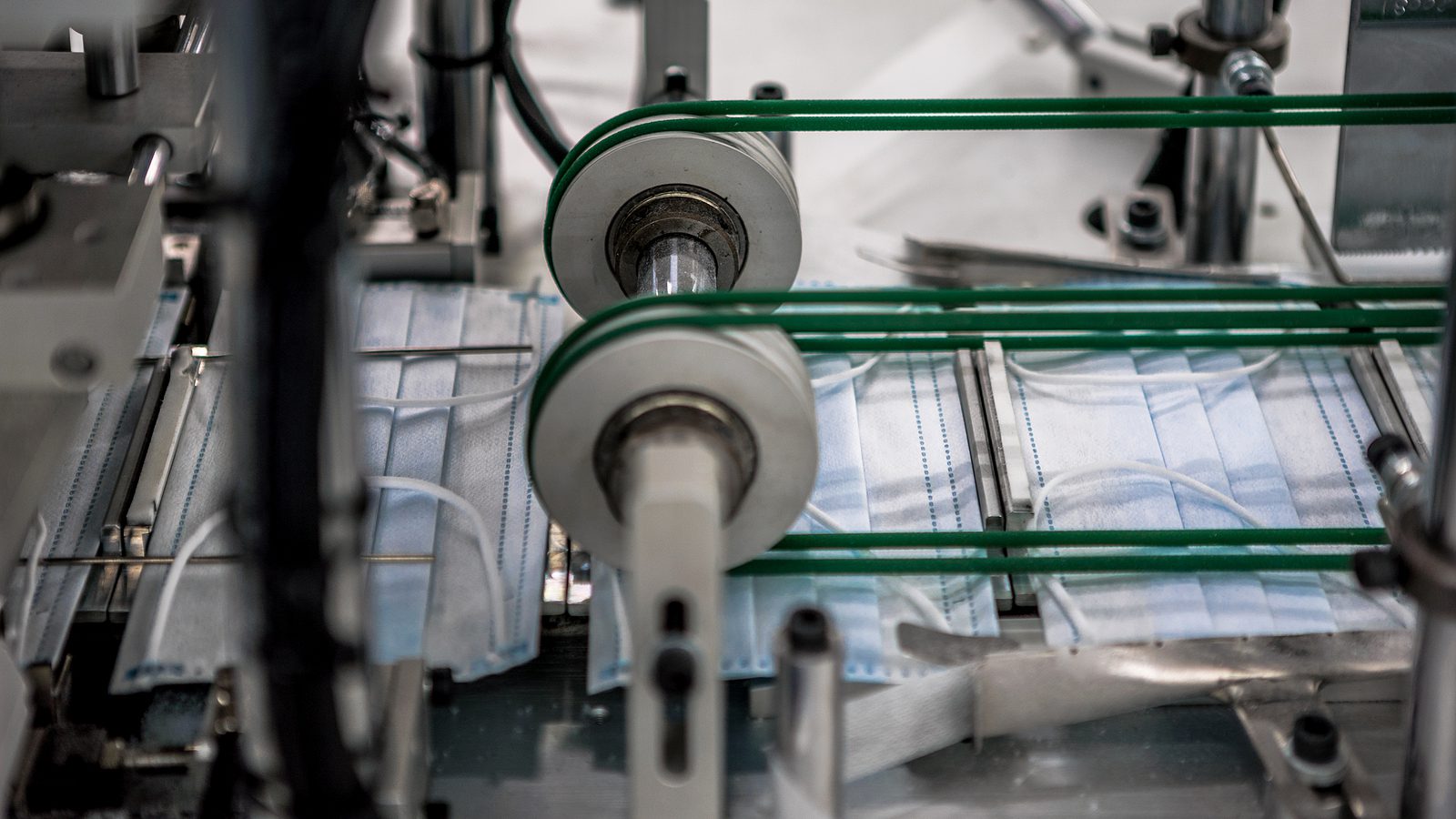By Laser 1 Technologies
Paperless Manufacturing
The promise of a paperless world accompanied the computer revolution of the late 20th century. Remember? Books, magazines and newspapers were supposed to be obsolete by now.
There’s no question that paper has increasingly vanished from our day-to-day lives in certain arenas. Newspaper and magazine subscriptions are down since readers are used to accessing news and other info online. In our personal lives, many of us seldom write checks or receive paper bills in the mail. The big fat phone directory has largely gone the way of the dodo.
However, paper still plays a big role in our lives. Junk mail seems only to have increased in the last few decades. Many of us never leave the doctor without a few stapled sheets, and printed receipts are routinely handed to customers.
It’s a parallel situation on the manufacturing floor. While the convenience and power of digital data has transformed many aspects of manufacturing facilities, sometimes dramatically, paper remains in some aspects—generally due to inertia more than to paper’s superiority.
Where Are You In the Transition Process?
As you pursue an increasingly paperless shop, here are some of the benefits, according to The Manufacturer:
- Improve Visibility and Accessibility – With a paperless shop floor system, all production data is maintained in a single virtual location, providing maximum visibility into shop-floor activities. While the information can be shared across departments, the system can also be configured easily to enhance accessibility.
- Automate Compliance Adherence – Beyond paper and printing-related cost savings, paperless factories increase the overall compliance rate of the site. Unlike paper-based systems, a paperless floor helps manufacturers take training directly to the factory floor where it’s needed the most. This, in turn, provides greater accuracy in reporting, enabling organizations to remain compliant.
- Facilitate Real-Time Data Collection – With a smart shop floor data collection system, manufacturers will receive real-time data about operations with up-to-the-minute dispatch lists to prioritize the most important tasks. In any paperless manufacturing environment, the push of a button on scheduling software will fetch a realistic line-up of work at each center, with the software performing real-time analysis and sending alerts on problems as they occur.
Another big bonus: environmental impact. It takes 24 trees, each about 40 feet high and six to eight inches in diameter, to make a ton of paper. Between deforestation, global warming, water-intensive manufacturing and disposal, paper use has a big negative impact on the world.
Digital Data is More Useful Than Analog
We’ve talked a lot about Big Data around here. That kind of robust number-crunching obviously relies on vast amounts of data, far beyond that which would have been collected and reviewed in a paper-based system.
Traceability is far easier with a digital interface than one of paper. Blockchain technology would never thrive in a paper-based world.
If you’d like to see your business attract acquisition interest, keeping up with the latest technology is part of the game. A paper-dependent factory is not going to impress anyone.
Attract and Retain Younger Workers
While some people may resist this change, your younger workers probably hunger for it. They generally want to be on the cutting edge, to work with new innovations, to interact with new technologies. They want to feel confident they’ve got the tools to boost productivity and maximize accuracy.




